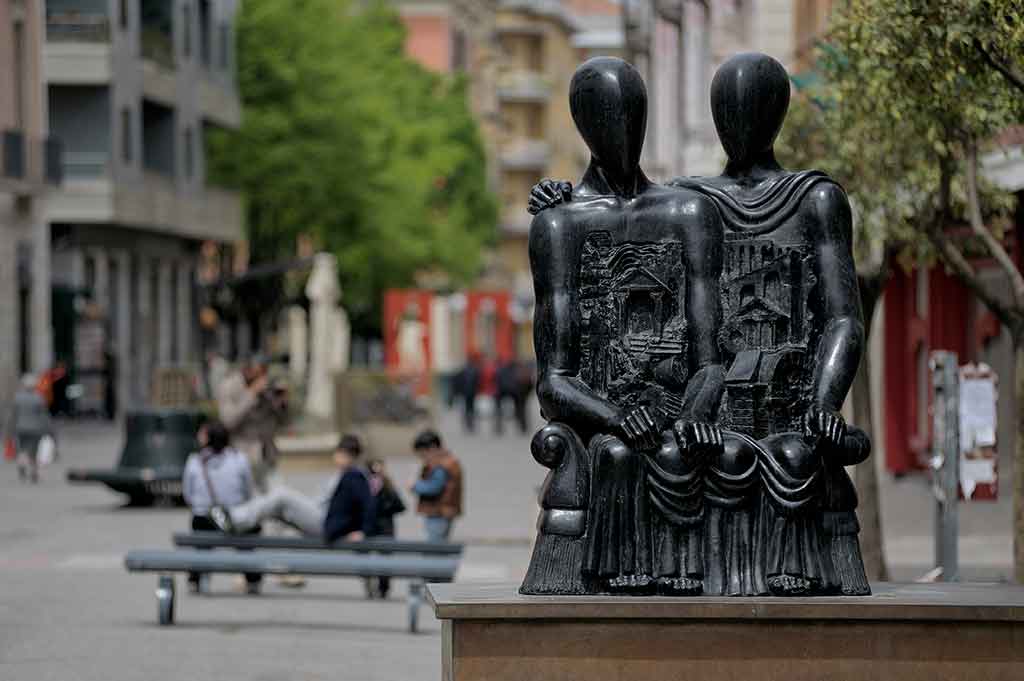Welcome to Calabria
in Italy, one of the most popular vacation destination in the world. If you’are
planning to visit Italy for your next trip and you are looking for the best
places to visit, here you’ll find tips and suggestions of most popular point of
interest and activities not to be missed. Find out what to see in the main cities of art such as Reggio Calabria, the
city of the Riace Bronzes, Cosenza the city of the two seas, Catanzaro and the
wonderful unspoiled naturalistic area of Sila, what to do in a day trip to the
sea or in the mountains, which are the most unusual villages of Calabria to
visit. Whether you travel by motorbike or camper, or
you decide to visit Calabria in summer or winter, on a rainy or sunny day,
whether you have two or three days available, Visititaly always offers you the
right tips for planning a trip. Travelers will
appreciate this italian region with his rich historical and artistic heritage,
local culture and environment. Discover the monuments, buildings, natural treasures
and all the details that characterize Calabria and its territory. Share and suggest a place you've visited.

Reggio Calabria is the southernmost city on the Italian mainland, and its location has meant it has a long history of trade and occupation which has left its mark in today's cultural heritage of ancient Greek ruins and surviving Roman mosaics.
Reggio is known as the City of the Bronzes, and the Museo della Magna Grecia in the centre of the town is home to the famous Riace Bronzes, two 5th century statues discovered at the bottom of the harbour in 1972, now restored and on display alongside other Greek treasures.
Also in Reggio is the Municipal Library, the oldest collection in Calabria, which notably holds a copy of the first printed Hebrew Bible dating from 15th century Venice.
Around 10 kilometres inland, the hilltop town of Gerace has numerous churches in various states of ruin, most notable among them the Norman cathedral which is still extremely well preserved, featuring a nave and two aisles each divided by thirteen columns taken from the ancient temples of Locri, plus a crypt and museum both open to the public. The nearby 13th century church of St Francis is dedicated to Francis of Assisi and boasts Arabic-Swabian geometric friezes and a magnificent Baroque altar inlaid with coloured marble.
written by Emilio Aronica - Last update: 01/09/2022